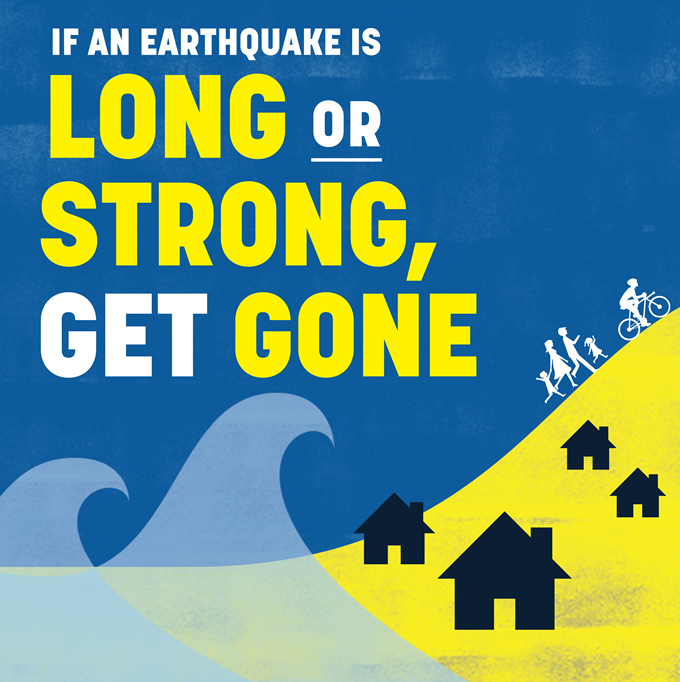From the early hours of the morning on Friday 5 March, New Zealand has experienced earthquakes (near the East Cape area of the North Island) and tsunami warnings as a result of quakes in the Kermedec Islands, which are around 1,000km north east of New Zealand.
Please note, this story has been updated and information that is no longer valid has been removed. For the latest national advice, including advice for Auckland, click here.
Advice for the Auckland region
The tsunami advisory for New Zealand has been cancelled. NEMA, following advice from GNS Science, advises that strong and unusual currents and unpredictable surges will continue for up to another 24 hours.
People should remain vigilant and take extra precautions with regard to beach and ocean activities.
What you need to know
Follow official social accounts:
- Follow the National Emergency Management Agency for official advice on Twitter (@NZcivildefence) and Facebook.
- Follow Auckland Emergency Management for any additional advice for the Auckland region on Twitter (@AucklandCDEM) and Facebook.
Listen to the radio
- Radio stations will carry news and official broadcasts from civil defence agencies.
- Remember, if you don’t have a radio in the house you can stream radio stations, like RNZ, online, listen via Sky TV or listen to the radio in your car.
Emergency Mobile Alerts (EMA)
- EMAs are sent by authorised emergency agencies, like civil defence groups or emergency services (police and fire) or government response agencies like the Ministry of Health.
- An EMA is not a text message, depending on your phone, it will appear on your screen and be lodged in either the notifications or messages sections of your phone.
- Depending on your phone, it will be accompanied by a loud noise.
- These alerts use cell phone towers to broadcast messages to all capable phones in defined areas. This means that if you are in an area that needs to evacuate to higher ground because of the threat of a tsunami, you are likely to get an alert to your mobile phone.
- If you do not need to evacuate, you will not get an alert.
- Read more on the National Emergency Management Agency website.
- Check if your phone is capable of receiving an EMA here.
General tsunami and earthquake advice
Remember, if you’re on the coast and you…
- Feel a strong earthquake that makes it hard to stand up or a weak rolling earthquake that lasts a minute or more,
- See a sudden rise or fall in sea level,
- Hear loud and unusual noises from the sea…
Don’t wait for an official warning…
- Go immediately to the nearest high ground or as far inland as you can, take the route that is quickest for you. Do not stay at home. If possible, run, walk or cycle when evacuating from a tsunami - you don’t want to get stuck in traffic in a tsunami zone.
- Don’t go to the shore and watch.
- Listen to the radio and follow the instructions of emergency services.
- Stay away from exposed areas until the official all-clear is given by authorities and emergency services.
- Take your emergency getaway bag and pets with you if you can.
Know your zone
Visit Auckland Emergency Management's Auckland Hazard Viewer to find out whether you live or work in a tsunami evacuation zone. Click on the 'Tsunami' tab and zoom in to see your local area, street or home. The map will show whether you are within a red, orange or yellow evacuation zone.
Evacuation advice and COVID-19
Evacuation advice overrides the current COVID-19 Alert Level requirements. Listen to local Civil Defence authorities and follow any instructions regarding evacuation of your area. If you are told to evacuate do not stay at home. Stay 2 metres away from others if you can and if it is safe to do so.


